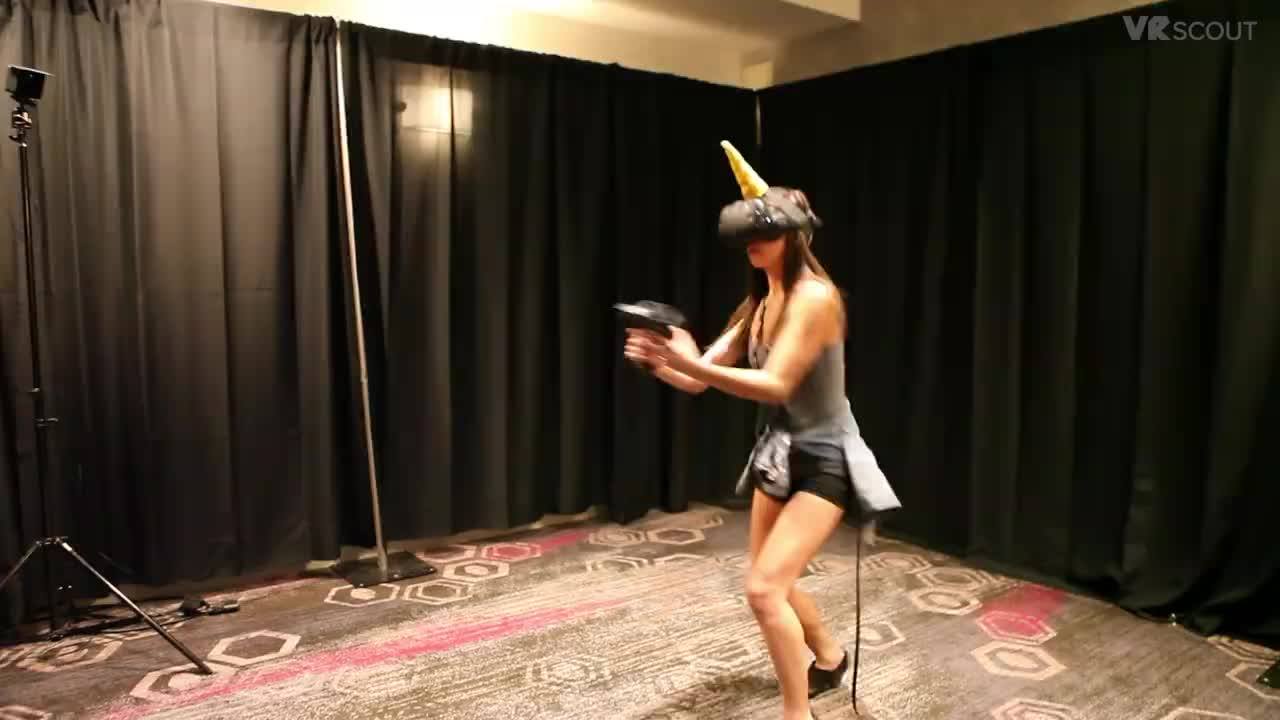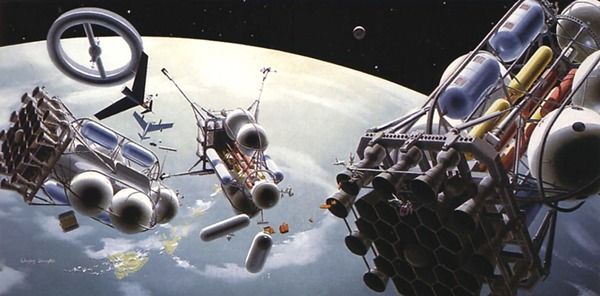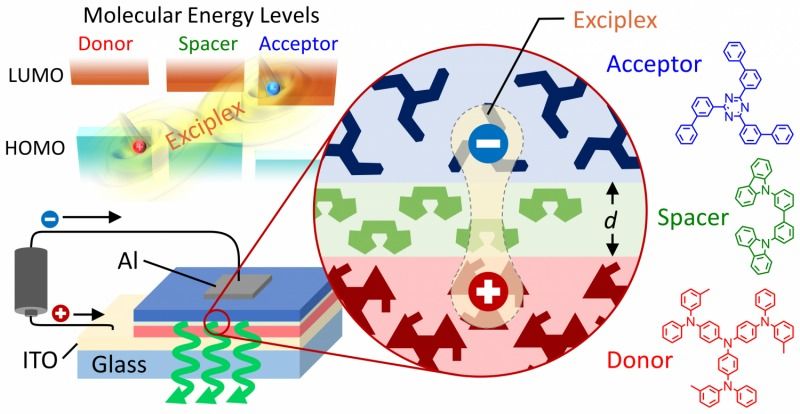Feb 26, 2016
NASA’s IBEX Observations Pin Down Interstellar Magnetic Field
Posted by Karen Hurst in categories: materials, particle physics, space
The new paper is based on one particular theory of the origin of the IBEX ribbon, in which the particles streaming in from the ribbon are actually solar material reflected back at us after a long journey to the edges of the sun’s magnetic boundaries. (NASA Image)
BREVARD COUNTY, FLORIDA – The new paper is based on one particular theory of the origin of the IBEX ribbon, in which the particles streaming in from the ribbon are actually solar material reflected back at us after a long journey to the edges of the sun’s magnetic boundaries.
A giant bubble, known as the heliosphere, exists around the sun and is filled with what’s called solar wind, the sun’s constant outflow of ionized gas, known as plasma.
Continue reading “NASA’s IBEX Observations Pin Down Interstellar Magnetic Field” »


















